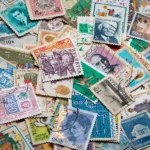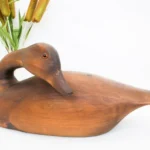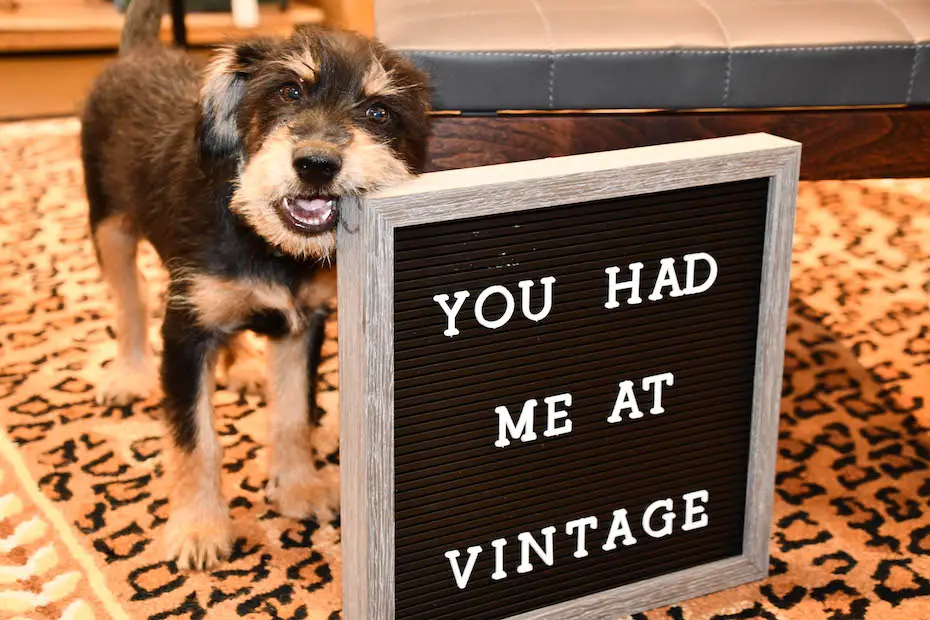
Open Daily 10am - 5pm
12,000sq.ft. of amazing items!
Free and easy parking!

While the words “antique” and “wine” are rarely seen side-by-side, the category of wine collecting is one of the few collectible areas attracting the attention of millennials. With their taste for experiences rather than objects, this market segment has driven the craft beer market for some years now. Wine purveyors have taken notice and are trying to push into that space. Since many consumers buy wine based on the label, it’s useful to know how to read one.
First of all, there are significant legal requirements as to what must appear on a wine label. Standards vary by country and label designs run the gamut from contemporary to traditional to everything in between. Legend has it that the intoxicating effects of wine were first discovered in the Middle East. The rapid growth of varietals and the opaque jugs wine was stored in required early labeling, and the first labels were on parchment tied with a string around the neck of the jug. Wine labels were even found in King Tut’s tomb, giving information as to winemaker, variety and region.
As commercial lithography became more widespread in the 18th century, wine labels became easier to print and thus more elaborate. By the 20th century, label design had become an artform. Premium wine producers like Chateau Mouton Rothschild were among the first to commission prominent artists to create distinctive labels, and that practice continues today.
These days, most wine bottles carry two labels – front and back. The front label is more ornamental while the back provides information and meets legal requirements. The wine’s name, bottle volume, and alcohol content are required worldwide. A brand is not mandatory but the bottler must be identified. A label reading “Produced” and “Bottled By” indicates at least 75% of the contents were fermented at the address stated on the label. Those marked “Cellared” have been aged elsewhere. Those marked simply “Bottled By” are the least definitive and typical of house or generic wine.
Regional indications are optional and generally used to further a wine’s exclusivity. Those from, say, the Bordeaux region of France will generally bring higher prices than those unable to make such a claim.
Wines claiming a varietal pedigree must be fermented from at least 75% of that particular grape, and a geographic origin must accompany any varietal marking.
As for vintage, this imprint (if present) indicates what year the grapes were harvested. Prior to 2006, American wines could only be marked with a vintage if at least 95% of the grapes came from that year. Thereafter, 85% was enough to make a vintage claim, bringing US standards more in line with those of other wine producing countries.
Alcohol by volume is another requirement of wine labels and generally ranged from 7.5% to 17%. Higher alcohol wines use grapes that have been more vine-ripened and tend to be fruitier in their taste.
Finally, the presence of an “Estate Bottled” imprint is allowed only if 100% of the grapes used come from lands owned or leased by the vineyard. Some of the oldest and most august winemakers are proud to make this claim as it suggests a purity and consistency that blended wines cannot hope to match.
So there you are. While old wines are not available from most antique dealers, there are auctioneers and liquor retailers that specialize in this field. And as a collectible category offering opportunities for appreciation, wine collecting can be just that. With educated purchasing, careful storage and patience, premium wines have shown steady price growth over the past years… and you can always enjoy them yourself. Of course, once a wine bottle has been emptied, all you’re left with is the bottle and cork… and maybe a hangover.





We’ll email you about the latest events, sales, and general store updates.

Our antique gallery is located just south of downtown Palm Springs, with free parking and air conditioning throughout.
Open Daily: 10am – 5pm
505 E Industrial Pl.
Palm Springs, CA 92264
© Copyright Antique Galleries of Palm Springs 2024